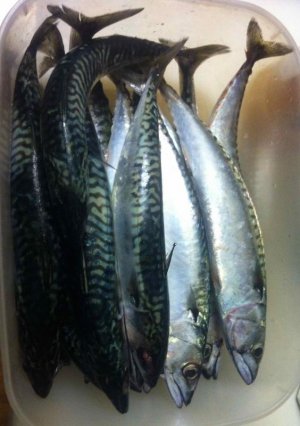sahin
Ultimate Reefer
I do not think Turkey is bound by CITES regulations as it is not part of EU.
I have just read on BBC website that the UK is embracing herself for the hottest day of the last ten years. My thoughts are with my fish tank. Although I had set up cooling fans connected to temperature probes, I cannot help worrying. I normally keep my tank water quite warm during the winter months in preparation for this sort of event, so that any further rise in temperature will not create any shock to my corals. So far it has worked, but whether it will work this time is yet to be seen.
I hope your tank is ok...my tank got upto 28.2C yesterday; air cooling wasnt enough. My living room was like 32C. My corals were all fine.
Today is a little milder, but I put two frozen bottles of water in the sump this morning in any event.








